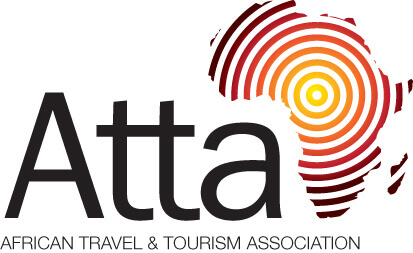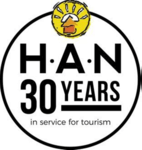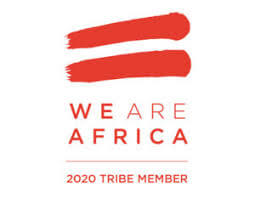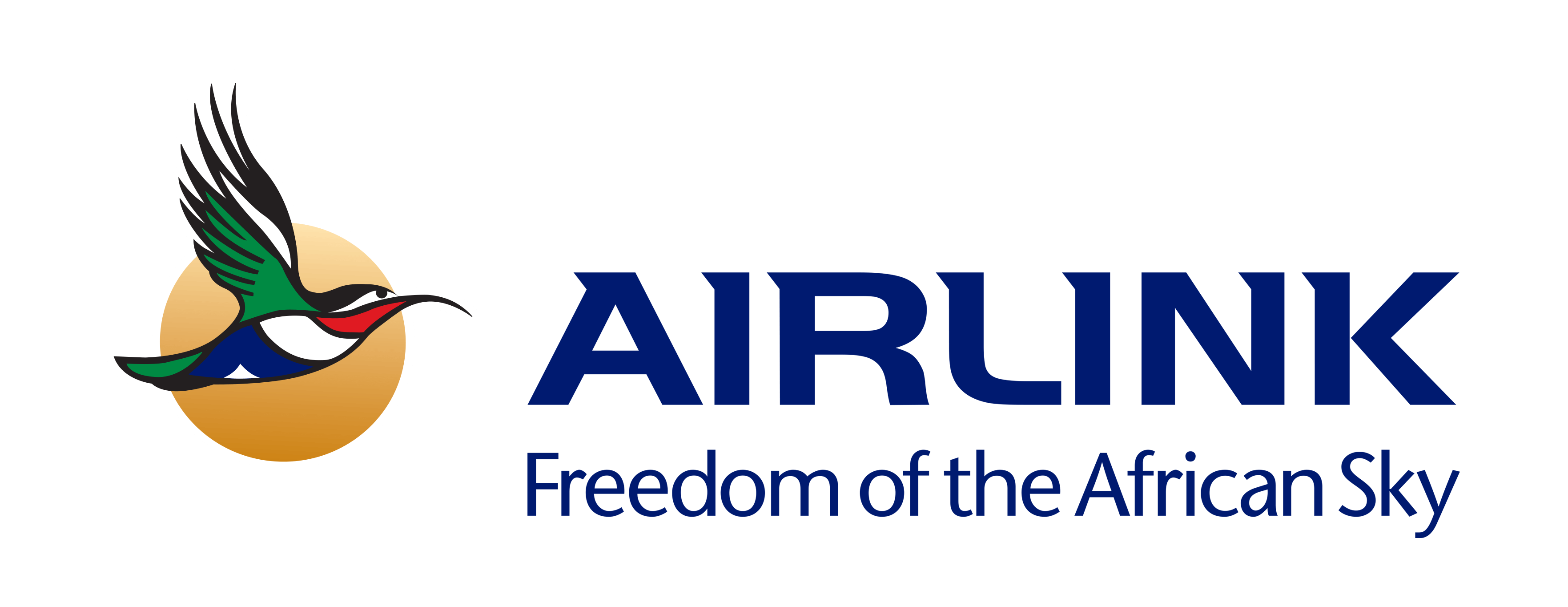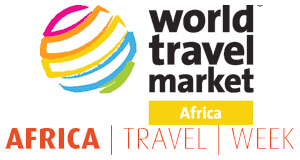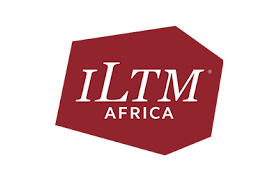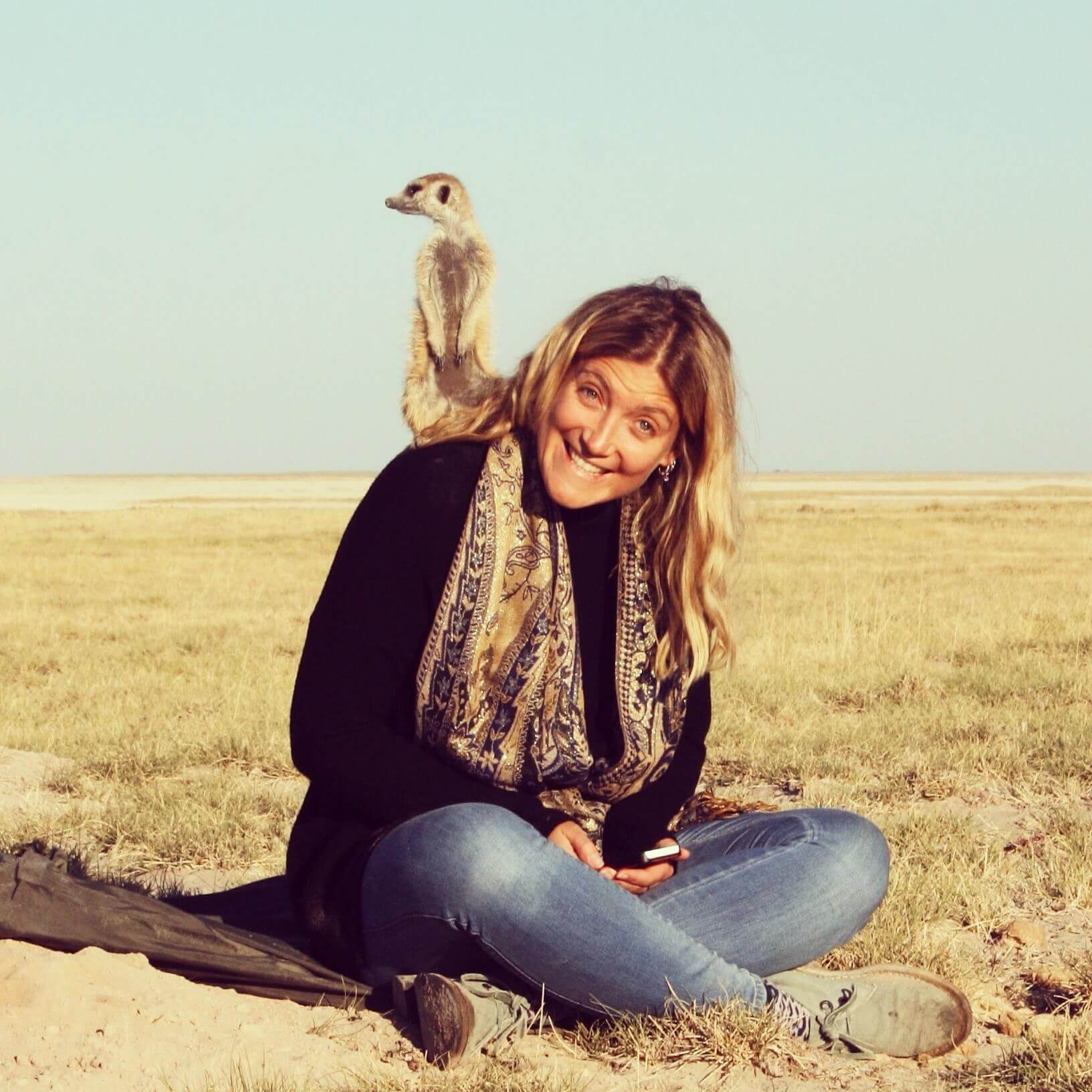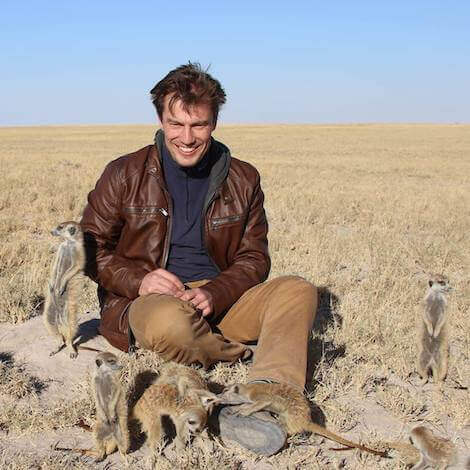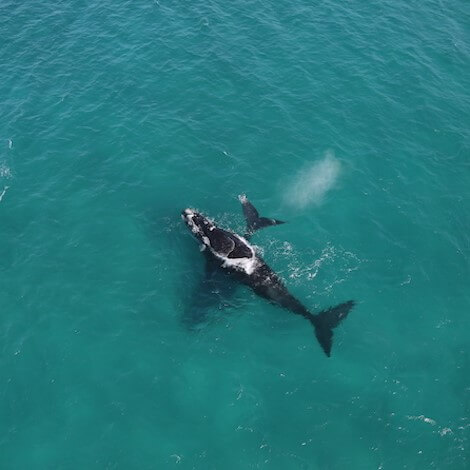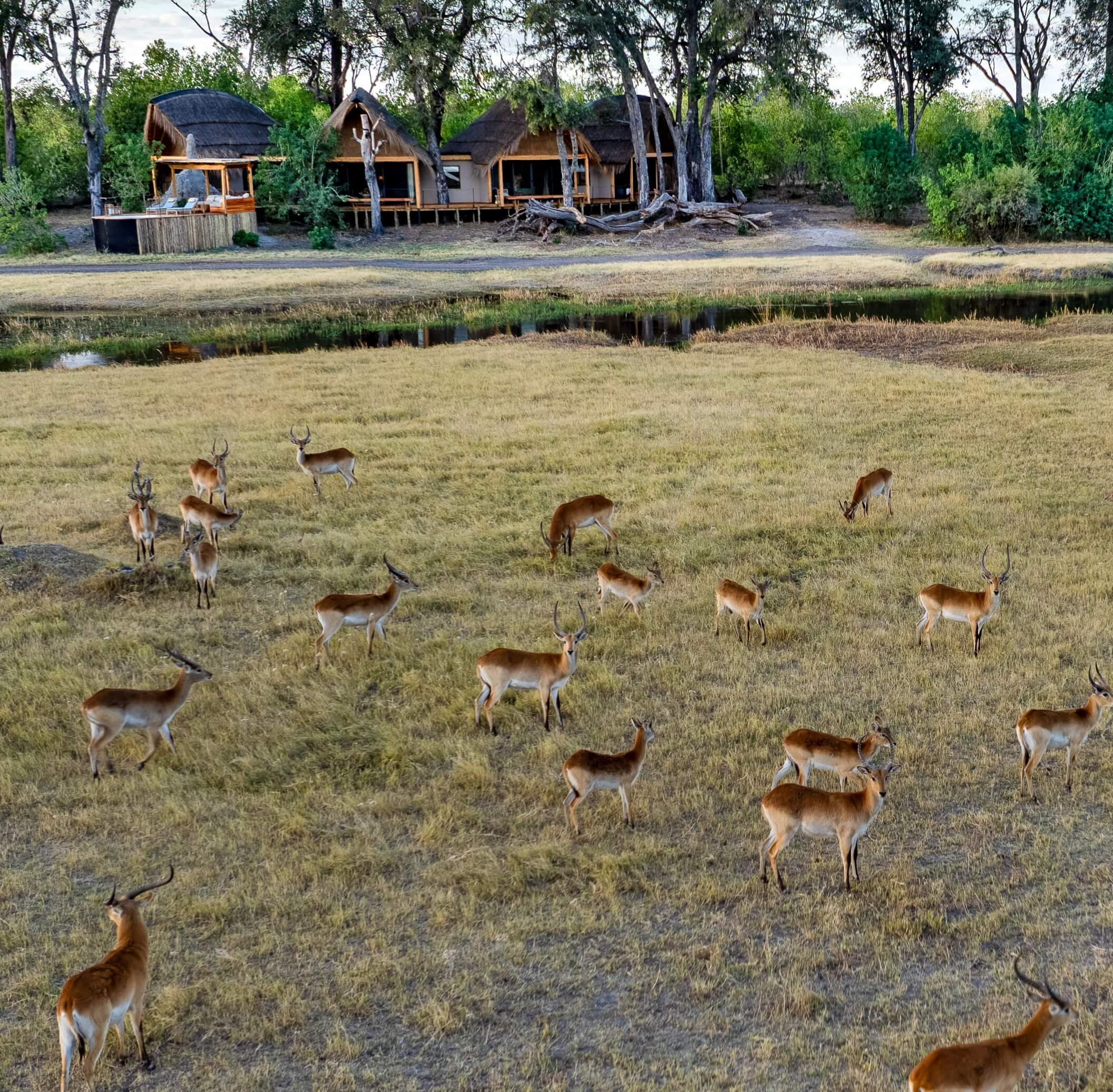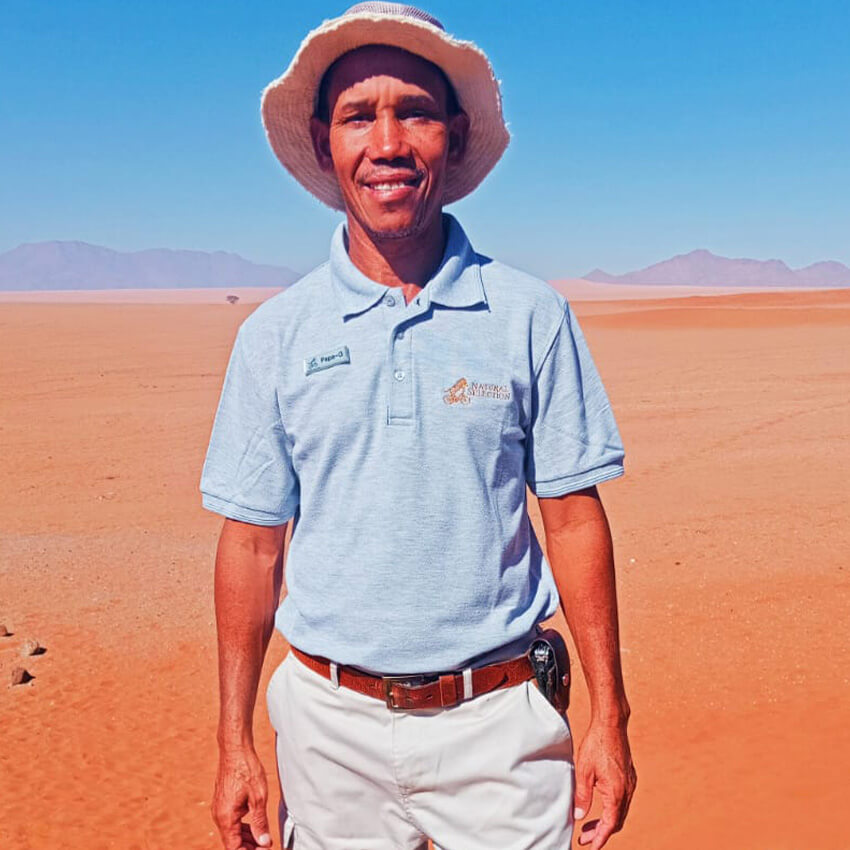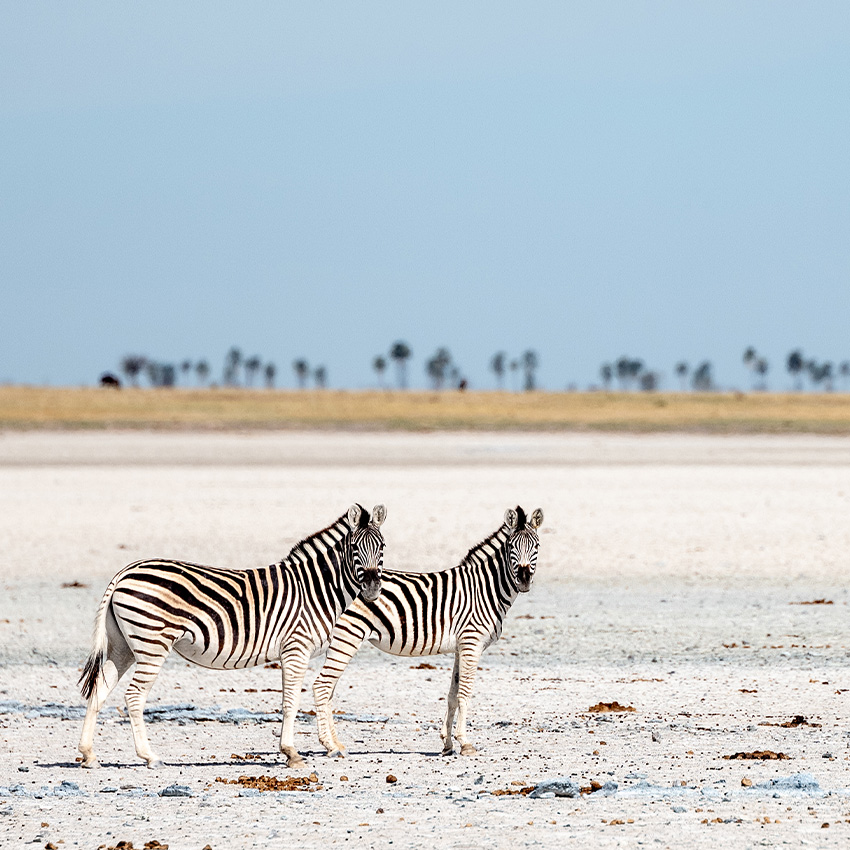Active
Popular
Mwezi’s Journey
 Pru Allison
Pru Allison
 October 08, 2018
October 08, 2018
Anyone who’s visited Hoanib Valley Camp in Namibia will be familiar with the faces of the extraordinary desert-adapted giraffes that we’re working alongside the Giraffe Conservation Foundation (GCF) to save, but another face that former guests will almost certainly recognize is that of Mwezi Bupilo.
Mwezi, a guide at the camp as well as a GCF researcher, originally hails from a small village in the Caprivi between Nkasa Rupara and Mudumu. The love of animals that Mwezi happily shares with his guests is one that he’s had since he was a small boy. In fact, his uncle would teach him about flora and fauna as they were herding livestock together.
Upon finishing school, the young Namibian spent three years working for the Ministry of Education, teaching adults rudimentary writing and mathematics. It was 12 years ago though that he began guiding, initially as a volunteer in the village where he would learn from the local guides who visited the area. He cemented his knowledge with further guide training through FGASA (Field Guides Association of Southern Africa) and NUST (Namibia University of Science and Technology). Four years later Mwezi left Caprivi to guide in Damaraland and Hoanib for eight years, before moving on to Hoanib Valley Camp.
At Hoanib Valley Camp Mwezi has found a perfect fit with the Giraffe Conservation Foundation. The GCF is the only NGO in the world that is focused solely on the conservation of giraffes in Africa, and at its helm is Dr. Julian Fennessy. Windhoek based Dr. Fennessy completed his Ph.D. 20 years ago with the Hoanib population of giraffes as his subject matter. In Julian and GCF Mwezi found like minds and plenty of wildlife to be around, and in Hoanib Valley Camp he found guests to whom he could show the region’s giraffes and other wildlife. Like the young Ph.D. student 20 years before him, our guide revels in observing and learning more about ethology (animal behavior) and is proud to be working at the world’s only giraffe research camp.
Guests at Hoanib Valley Camp have the opportunity to assist Mwezi in his research and in the ongoing conservation of giraffes in the area. When giraffes are spotted out on game drives, guests are able to help the GCF team collect data. This involves photographs being taken of each animal, on both sides when possible, to enable the team to identify them. Each giraffe has its own unique coat pattern in much the same way that we have our own fingerprints, so they can be easily recognized once photos have been taken. The GPS coordinates are recorded for each sighting along with the age, gender and the number in the herd. This data contributes to the ongoing data set that was started by Dr. Fennessy. After the drive, guests will be able to assist their guide in identifying the giraffes they saw. This is a part of the job that Mwezi particularly enjoys, along with teaching guests about the plight of giraffes in the wild and explaining about the special adaptations of the Angolan desert-dwelling giraffes. Many of the guests who visit have no idea of quite how difficult life is for these giraffes and the other animals in the Hoanib until they see the harsh environment for themselves. According to Mwezi, most guests are surprised to learn that giraffe numbers are so low and that the species is in trouble.
Mwezi’s is a name that giraffe enthusiasts would do well to remember, not least because one of his ambitions is to produce a photographic book of the animals of the Caprivi for his friends, family and local community – but you can be sure it’ll prove more popular than he anticipates.
Special Offers
Our special offers are designed to help you experience everything southern Africa has to offer whilst also saving some all-important pennies. Whether you’re about to embark on a once-in-a-lifetime solo trip, or are celebrating a special occasion, have a peek at our offers and see what could be in store for you.
